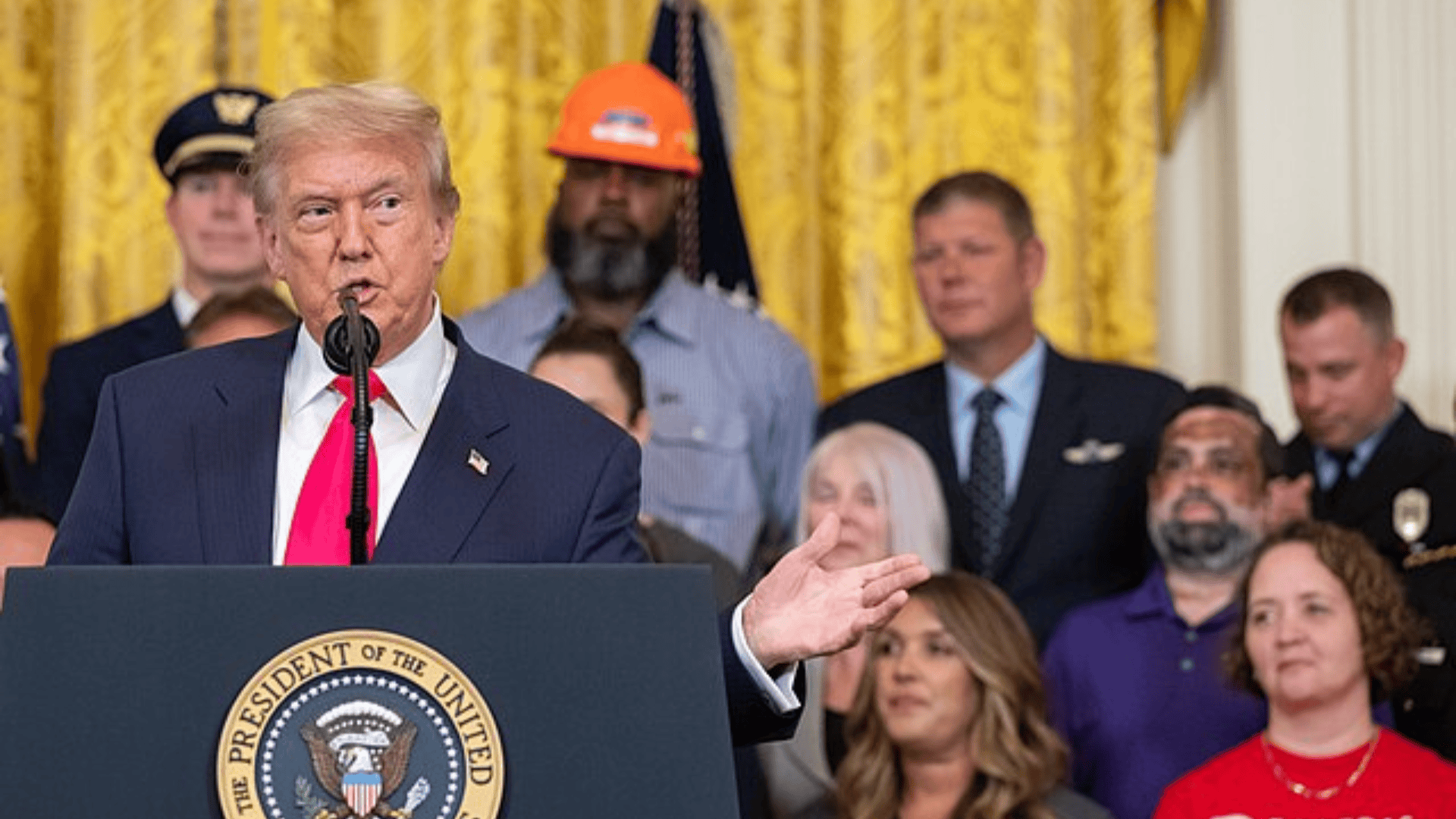



Normally, we at the Idaho Freedom Foundation (IFF) don’t weigh in on federal legislation that does not directly impact Idaho. However, any massive Congressional omnibus bill with tax and spending provisions is bound to impact Idahoans. We would like to bring to the attention of our readers a few key points for consideration. And perhaps answer a few questions. Our analysis is based on the Senate version of the bill that just passed the U.S. House of Representatives.
Does the bill increase the federal debt by over $3 trillion or not? It depends on your assumptions. Under current law, the individual income tax cuts enacted back in 2017 would expire in 2026. Interestingly, the corporate tax rates reduced as part of the 2017 legislation don’t expire. This was a cynical move back in 2017 to make the ongoing impact look smaller. To be clear, if Congress allowed the 2017 individual income tax cuts to lapse, the impact would be a tax increase over the 10-year budget window of over $4 trillion. Safe to say nobody who voted for Trump voted for a huge tax increase. For example, the current (2025) tax year standard deduction for a married couple is $30,000. That could fall to about $16,600 if the tax cut provisions expire. That would have a dramatic impact on middle-class families.
One’s view of whether the bill increases the federal debt hinges on whether you believe extending expiring tax cuts is a policy change. This is important because (other than the new tax policy changes), you can’t call the extension a tax cut and then claim it doesn’t increase the deficit. There are other smaller tax provisions dealing with Social Security and taxes on tips, for example, but the extension of the 2017 cuts is the core issue.
Does the bill cut spending? It does, perhaps by as much as $1.1 trillion over the budget window. The trouble is that the current Congress can’t constrain spending by future members of Congress. And cuts in the bill are back-end loaded, with peak savings occurring after 2030. But because interest expenses on the growing debt are a real cost and must be paid, actual overall spending won’t go down by a measurable amount. Actual federal expenditures were $6.8 trillion in federal fiscal year 2024 (FY24). And in FY34, if we extended out the current spending trend, without the bill, it would be over $10 trillion. And under this bill, spending would still be over $10 trillion. That is the real rub. Increasing interest expenses eat away at much of the projected savings.
And U.S. Senator Rand Paul’s objection to the $5 trillion increase in the debt ceiling is sound. As we pointed out two years ago, the last debt deal didn't reduce debt, and this won’t either. Back in May 2023 (when the last deal was cut by then Speaker McCarthy), U.S. federal debt was $31.5 trillion. Last month, May 2025, it was at $36.2 trillion, a $4.7 trillion increase in two years. What this tells us is that in about two to three years, we will have another “debt ceiling crisis.”
Essentially, Republicans in Congress held a gun to their own heads by tying the popular tax cut extension piece to the rest of the bill. The rest of the bill does have some good provisions dealing with border security, which are essential, and simple things like ending the tax on firearms suppressors. However, the omnibus approach is clearly problematic. You have to buy votes with carve-outs. For example, the bill provides an exception on Medicaid and SNAP cuts for non-contiguous U.S. states — a naked concession to buy Alaska Senator Murkowski’s vote.
Speaking of Medicaid, at IFF, one of our biggest disappointments is that the spending side of this bill punted on real Medicaid reform. Medicaid is Idaho’s single largest budget, and at the national level, it is the fastest-growing major welfare program. For example, this “Big Beautiful Bill” could have disincentivized states from providing free Medicaid to able-bodied adults. How so? By equalizing the federal-state cost-sharing match rate, instead of the current law, which provides more federal dollars when able-bodied adults are put on Medicaid.
Despite what you hear about Medicaid cuts, these are simply reductions to the increases baked into the Medicaid spending projections, not actual cuts. And what about people losing their health insurance? For starters, Medicaid is not health insurance; it is a medical welfare program. And the people who will be kicked off were either not eligible or, as able-bodied adults, need to work, volunteer, or study 80 hours per month. Meaning that if you volunteer to pet puppies at the animal shelter, you can keep your Medicaid. Alas, the Senate Parliamentarian, appointed by the late Senator Harry Reid, nixed cutting off illegals (by reducing payments to states that cheat) from Medicaid as part of the 50% plus one reconciliation vote. We dwell on this because it means that Congressional Republicans won’t do hard things, and because of Senators Murkowski, Tillis, and Collins, the progressive worldview on Medicaid remains in place.
With the bill now passed, a number of small victories will be achieved, perhaps a bigger win on border security, and the stabilization of federal tax policy, including the 100% expensing of plant and equipment. But as they say in the boxing arena, Congress barely laid a glove on spending.

